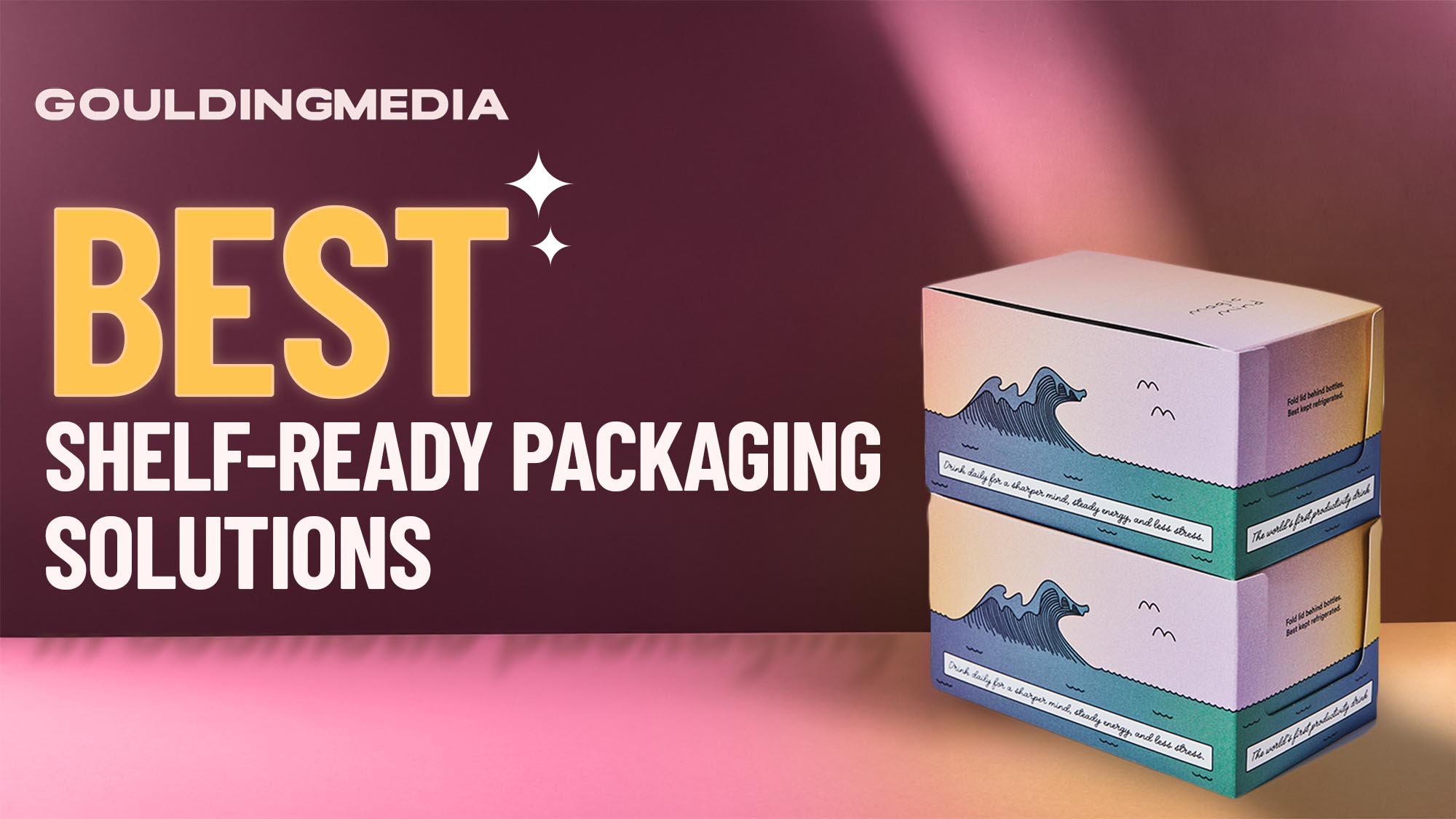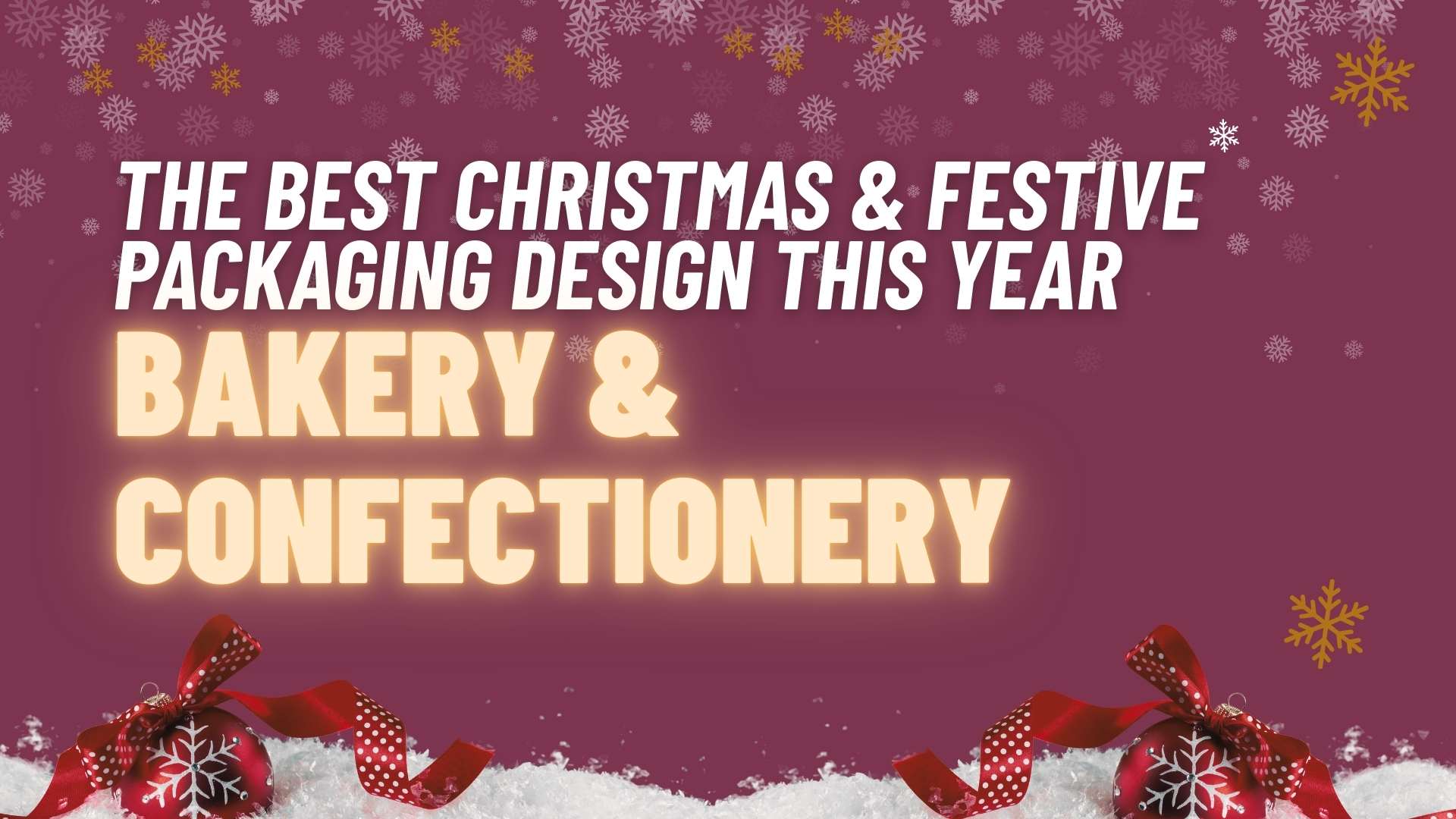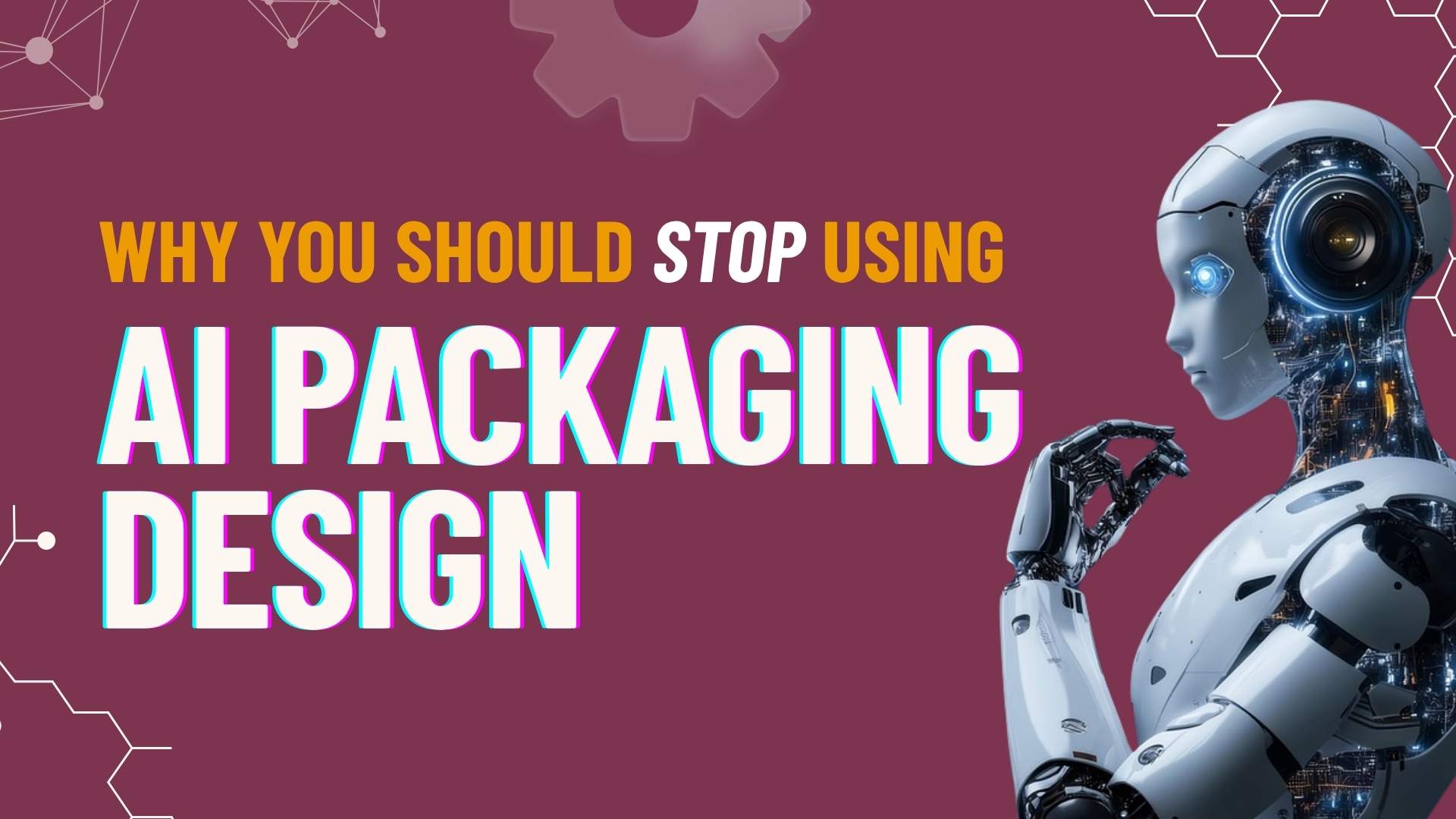As more small businesses and startups push to get their products on store shelves, packaging has taken on a bigger role than ever before. It’s no longer just about protecting what’s inside—it’s about how fast it can be stocked, how good it looks on display, and how easy it is for customers to shop.
Shelf-ready packaging (SRP) was developed as a response to these growing needs. Retailers wanted packaging that could move from warehouse to shelf without repacking. Brands needed ways to stand out while staying cost-effective. SRP became the answer to both.
So, we’ll break down the best shelf-ready packaging solutions available, what makes them work, and how you can use them to gain an edge in retail, whether you’re entering stores for the first time or looking to improve your shelf presence.
What Is Shelf-Ready Packaging?
If you’ve ever walked into a store and seen products neatly arranged in a cardboard tray or display box—without anyone standing around unpacking individual items—you’ve already seen shelf-ready packaging (or SRP) in action.
Shelf-ready packaging, or SRP, is packaging that’s ready to be placed directly on a store shelf—no extra unpacking is needed. No unboxing of each item. No messy setups. Just pop it open and place it—done.
For small business owners trying to grow in retail, this type of packaging can be a game-changer. It helps retailers handle your products faster, makes your items stand out on the shelf, and keeps everything organised. In short, SRP makes it easier for both the store and the shopper, and that can make all the difference when you’re competing for attention.
Top Shelf-Ready Packaging Solutions for Retail
- Perforated Cases
- Tray and Hood Designs
- Display-Ready Pallets
- Shelf Ready Packaging with Lid-Header
- Free Standing Display Units (FSDU)
Benefits of Shelf-Ready Packaging
So why should you, as a small business owner, care about shelf-ready packaging? Because it doesn’t just look professional—it works harder for your brand at every step of the retail process.
Here’s what it can do for you:
1. Makes Stocking Easier for Retailers
Big or small, retailers love anything that saves time. SRP means your products can be stocked in one motion rather than item by item. The easier you make their job, the more likely they are to keep your product on the shelves.
2. Boosts Product Visibility
Your packaging becomes part of your marketing. With bold, clever graphics application and clear labelling, SRP helps shoppers spot your product quickly, even in a crowded aisle.
3. Reduces Product Damage
SRP protects your products during transport and eliminates the need for excessive handling, which can cause wear and tear.
4. Speeds Up Shopping
Shoppers can easily see, grab, and go. When your packaging is easy to shop, it reduces friction, and that can mean more sales.
5. Supports Sustainability
Most SRP is made from recyclable materials like corrugated cardboard. It’s designed to be easy to dispose of or recycle, which is a win for both the environment and your brand reputation.
Types of Shelf-Ready Packaging (and What It’s Made Of)
There isn’t a one-size-fits-all solution—SRP can be tailored to your product, brand, and the kinds of stores you’re targeting. Here are the most common types you might consider:
1. Perforated Cases
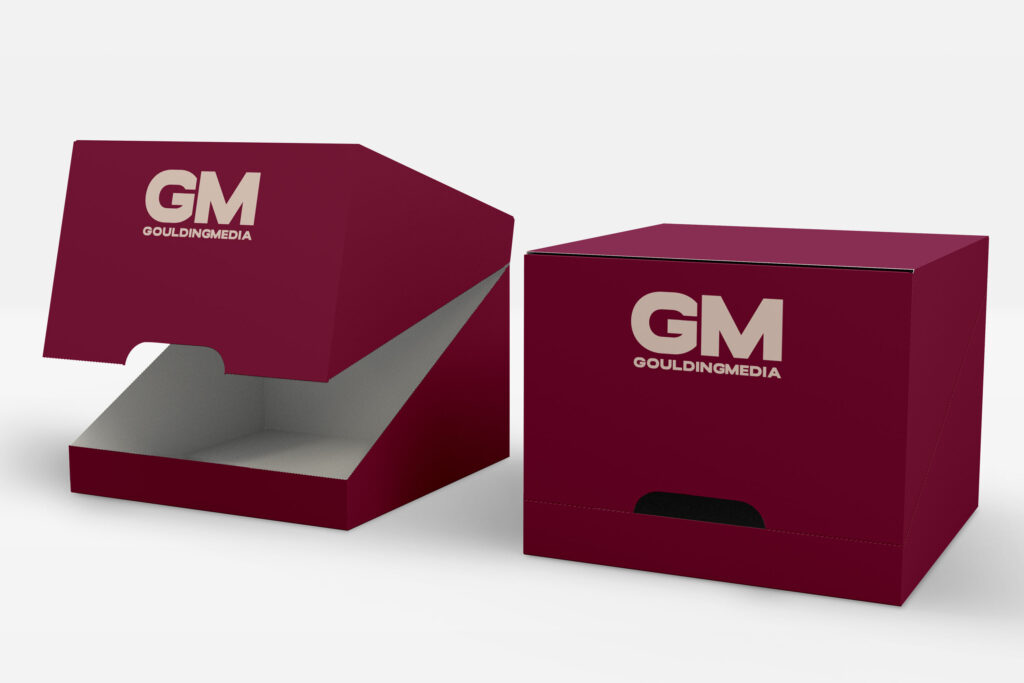
These are boxes with tear-away panels, making them quick to open and easy to transform into a shelf display. Great for smaller, lightweight products. These types of Shelf Ready Perforated Cases are widely used, and you’ll see these on the shelf at your local small stores through to big supermarkets and wholesale outlets.
2. Tray and Hood Designs
Think of these like lidded boxes: the hood protects the products during shipping, and when removed, the base becomes a tidy display. They offer great visibility while keeping things contained. These are also widely used and good for products which don’t suit a perforated case, including products with special shapes or delicate packaging, which could get damaged while tearing off the perforated top.
3. Display-Ready Pallets
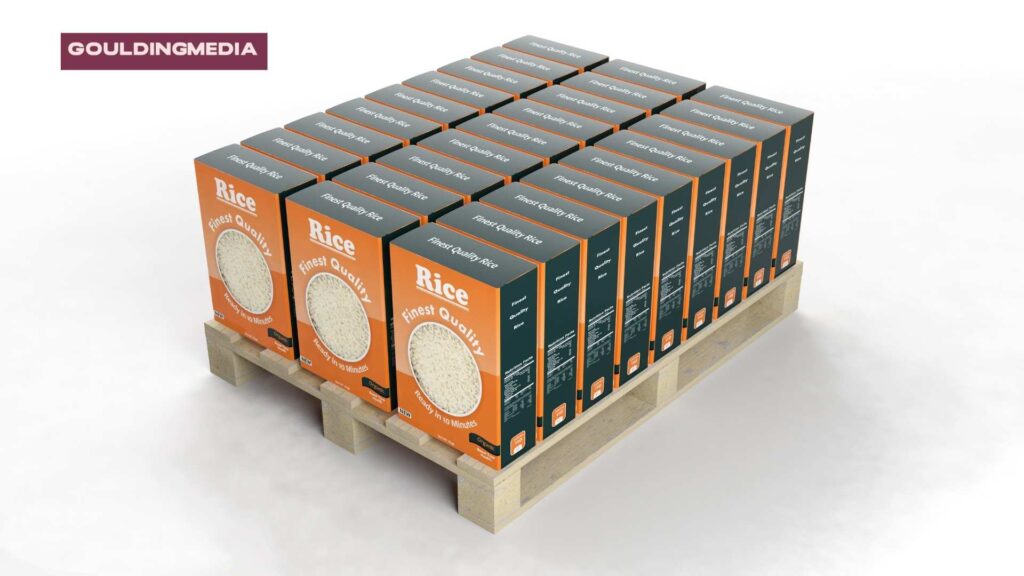
Perfect for large or high-volume products. These are fully stacked units that go straight onto the sales floor—ideal for warehouse clubs or larger stores. These types of pallet displays are often seen in specialist pet stores and Costco stores. They are useful to transport heavy or bulky products to the shop floor.
4. Shelf Ready Packaging with Lid-Header
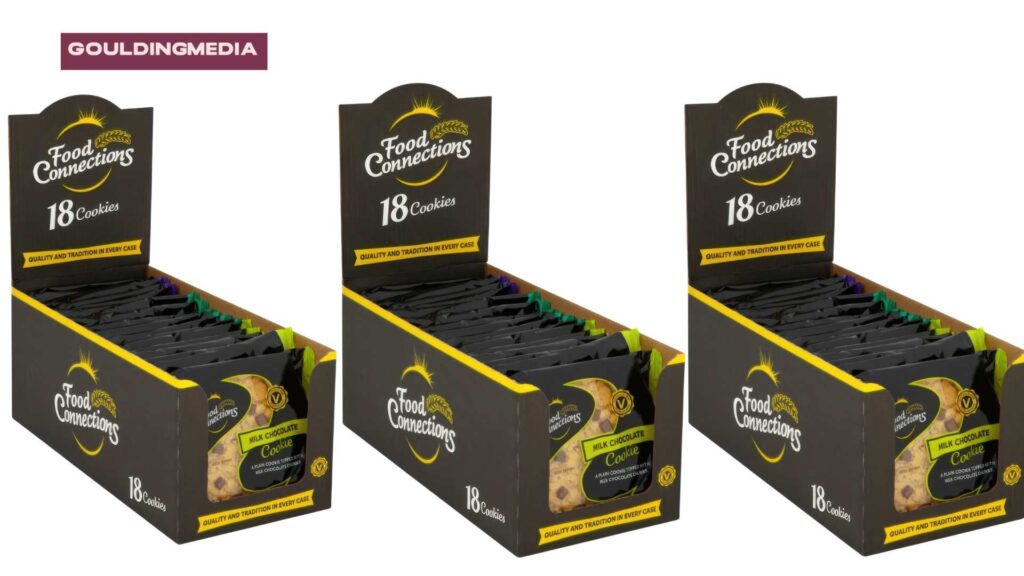
This design combines the protective structure of a tray and hood with an added foldable top panel that acts as both a product shield and a visual display feature. During transit, the lid keeps items secure. Once in-store, it folds back to create an open display with a built-in header card—perfect for highlighting branding or promotions. It’s a smart, eye-catching option that’s quick for retailers to set up while still offering maximum shelf impact.
5. Free Standing Display Units
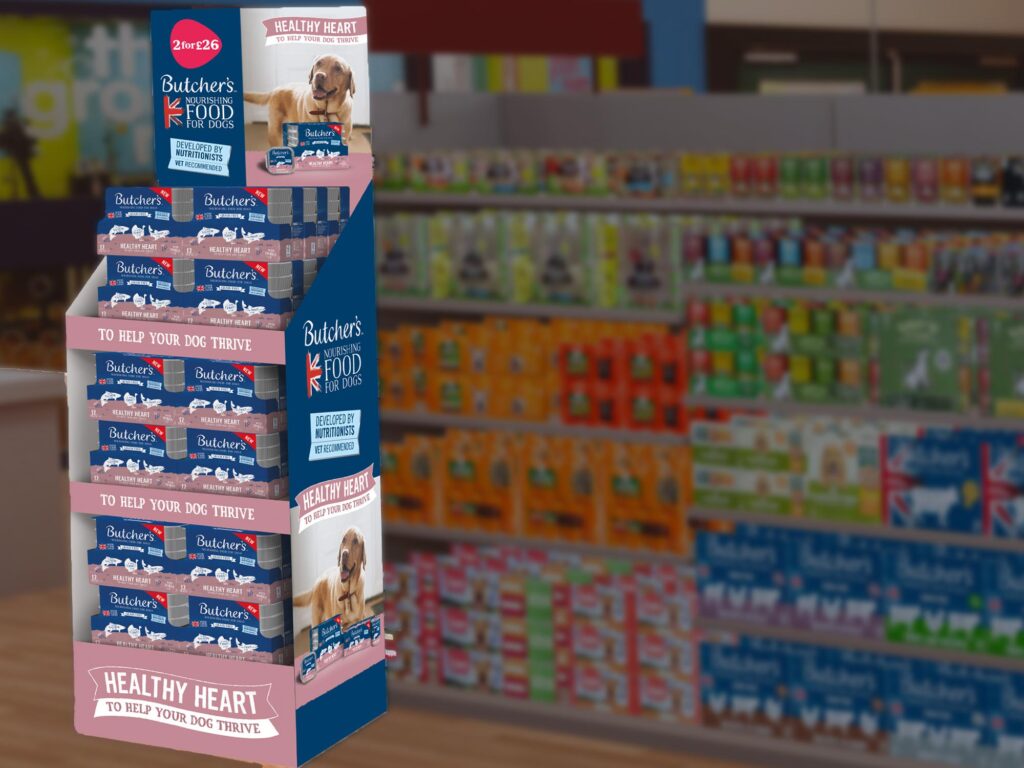
A standalone sales tool used in retail spaces to attract shoppers to specific products or services. Constructed from lightweight materials, they are easy to adapt to a variety of POS or POP displays and seamlessly combine storage with advertising.
Free-standing display Units are great for new product launches, special discounts and promotions. They are eye-catching and feature a fully branded unit, which is delivered to the store fully assembled and stocked with products.
The retailer can quickly and easily move them into the right position in the store. Usually, they appear at the end of an aisle or the front of a store for maximum impact.
Let’s Talk Materials
Most SRP is made from corrugated cardboard, but you’ll also find options in solid board or folding carton board. These materials are:
- Lightweight but strong
- Easy to print on (for logos, labels, or instructions)
- Recyclable and renewable
- Suitable for a wide range of product types
You can even choose packaging that’s vegan-certified or made with FSC-certified sustainable materials—something more and more customers (and retailers) are paying attention to.
Key Features of Effective Shelf-Ready Packaging
Not all shelf-ready packaging (SRP) is created equal. If you want your packaging to not only look good but also perform well on retail shelves, there are a few key features you should build into your design from the start.
These features aren’t just nice-to-haves—they’re often expected by retailers and can make or break how your product is received in-store.
Here’s what an effective SRP should include:
1. It Meets the “Five Easies” Standard
This is the gold standard—originally developed by Walmart but now widely used by major retailers. Effective SRP should be:
- Easy to identify: Retailers and shoppers should be able to spot your product and brand at a glance.
- Easy to open: Tear strips, perforations, or simple instructions—no box cutters needed.
- Easy to replenish: A design that allows full packs to go on the shelf in one step.
- Easy to shop: Products should be easy to grab, with no awkward angles or hidden items.
- Easy to dispose of/recycle: Packaging should break down quickly and be made from recyclable materials.
If your packaging checks these boxes, you’re already ahead of the curve.
2. Tailoured to Your Product and Retail Space
Your SRP should fit not just your product but also the shelf it’s going on. That means designing around:
- Shelf dimensions
- Retailer pallet specs
- Known sales rates and replenishment needs
This makes your packaging more efficient and more attractive to retail buyers.
3. Strong but Lightweight Materials
Corrugated cardboard is the most common choice for a reason. It offers the right mix of:
- Strength (to protect your product)
- Lightweight construction (to reduce shipping costs)
- Flexibility (to fold, tear, and display easily)
Other materials, like solid board or folding carton board, may suit specific needs or presentation goals.
4. Print-Ready Surfaces for Branding
Your packaging is your in-store billboard. Effective SRP gives you the space and print quality to:
- Show off your logo
- Add promotional messages
- Include barcodes and product info
With options like flexo, preprint, or litho printing, your brand can shine right there on the shelf.
5. User-Friendly Opening Systems
Time is money in retail. Your packaging should open quickly and cleanly. Features like:
- Tear strips
- Perforated panels
- Finger holes help staff open and stock the product without tools or frustration.
6. Customisable Pack Formats
Whether you need a one-piece tray or a two-piece tray and hood combo, your packaging should be:
- Fit for your product shape and quantity
- Easy to scale as your business grows
- Adaptable to changes like seasonal displays or new SKUs
Brands Successfully Using Shelf-Ready Packaging
Shelf-ready packaging isn’t just about function—it’s a powerful marketing tool when designed well. Here are three standout examples that show how to get it right. These brands combine visibility, ease of use, and strong visual appeal to meet both retail and shopper needs.
1. Millions – Tiny Tasty Chewy Sweets
Key Design Elements:
- Bright, bold colours and distinctive characters make it easy for customers (especially kids) to spot their favourite flavour.
- Slim pouch format fits easily into its own custom branded shelf-ready display trays, maximising space and ensuring the packs remain fully branded on the retailers shelf.
- Easy to load on the shelf – The product remains protected during transit, it’s easy for the retailer to see what’s inside with strong flavour colour coding, and the simple tear-off perforated top means it can be shelf-ready within seconds.
Eye-catching design paired with a pack shape that’s made for quick shelf display. It’s simple, memorable, and practical.
2. Milk Flavour Chews – Vegan Friendly
Key Design Elements:
- Clean, illustrative design communicates both the flavour (milk) and the ethical stance (vegan-friendly) clearly.
- Pre-packed and wrapped. The small tube packs are packed neatly into the outer, which is then shrink-wrapped in a single transparent film layer. This is removed at the store, and the pack is ready to display.
- Consistent visual storytelling, tying together the pack art with the shelf-ready unit for cohesive branding.
The packaging balances tradition and modern ethics, using artwork and messaging that speaks to today’s health- and values-conscious shoppers.
3. Food Connections – Shelf Ready Packaging with Lid Header
Key Design Elements:
- The Lid Header provides protection as the top section while in transit. Once opened, the lid section folds back to provide an eye-catching branded header card.
- Clear, easy-to-read text. A clean black design with bold yellow accent colour provides clear branded messaging to consumers.
- Large cutout front section. The lid header card also enables a section of the card to slot in and cover the front section, meaning that you can still gain a large enough front opening to display the product.
Strong shelf appeal, with an effective marketing header giving this SRP dominance on the shelf.
What to Include in Your Shelf-Ready Packaging Design
From these examples, here’s a checklist of what works:
- Clear branding on multiple sides for fast identification
- Bold graphics or product windows to draw attention
- Functional structure (easy to open, stock, and dispose of)
- Print space for important info like flavour, size, certifications (vegan, eco-friendly)
- Modular or flexible formats to adapt to different shelf types or promotions
Common Challenges in Shelf-Ready Packaging
Shelf-ready packaging has numerous advantages, but, like any business initiative, it also presents a few challenges. As a small business owner, understanding these early on can help you avoid costly missteps and build stronger partnerships with retailers.
1. Getting the Dimensions Right
One of the most common issues is designing packaging that doesn’t quite fit the retailer’s shelves. Each store may have slightly different shelf heights, depths, and display preferences. If your packaging doesn’t fit, staff may need to unpack and shelf items manually, defeating the purpose of SRP.
Tip: Always check your retailer’s shelf and pallet specs before finalising your packaging.
2. Balancing Branding and Function
You want your packaging to pop on the shelf, but it also needs to be easy to open, stock, and dispose of. Going overboard with complex shapes or finishes might make it less functional for store staff or less recyclable.
Tip: Work with a packaging supplier who understands both structural engineering and brand presentation.
3. Cost of Customisation
Custom SRP might seem out of reach for smaller businesses, especially when minimum order quantities and tooling costs come into play.
Tip: Start with scalable formats like corrugated display trays, which offer flexibility and low production costs. Over time, you can reinvest in more customised designs.
4. Durability During Transit
SRP needs to do double duty: protect the product during shipping and serve as the in-store display. Weak or poorly designed packaging might arrive damaged or look messy on the shelf.
Tip: Test packaging under real distribution conditions. A slightly sturdier material might cost more upfront, but it will save you returns and lost shelf space later.
Can Shelf-Ready Packaging Be Recycled?
Yes—most shelf-ready packaging can and should be recycled, especially when designed correctly. In fact, recyclability is a core part of what makes good SRP not only practical but also sustainable.
What Materials Are Recyclable?
- Corrugated cardboard: The most common material used in SRP, it’s made from renewable resources and is widely recyclable.
- Solid board and folding carton: Also recyclable, especially when printed with eco-friendly inks.
- Plastic trays: These can be recyclable, too, but this depends on the type of plastic and local recycling capabilities.
What Makes SRP Easy to Recycle?
- Minimal use of materials: Less is more. Efficient designs avoid unnecessary layers or plastic components.
- Simple disposal: Staff should be able to flatten or fold the packaging quickly with no need for tools.
- Clear labelling: Clearly marked recycling symbols help guide proper disposal and support a circular economy.
Going the Extra Mile
If you want to stand out even further, you can use materials that are:
- FSC-certified, ensuring responsible sourcing
- Vegan-friendly, free from animal-based inks or adhesives
- Compostable for certain formats or niche product categories
Retail Ready Packaging (RRP) vs. Shelf-Ready Packaging (SRP)
While they’re often used interchangeably—and overlap in many ways—there’s a subtle but important difference.
SRP is packaging that makes it easy to move products from delivery to the store shelf without needing to unpack them. It’s designed to be easy to open, shelf, and throw away. For example, a box that turns into a display tray is SRP. It helps save time for store staff and makes shelves look neat.
RRP is a bigger idea. It includes SRP but also covers other types of packaging and displays that help sell products in stores. This could be things like stand-up displays or special shelving units. While SRP focuses on shelf stocking, RRP focuses on the whole shopping experience. So, SRP is one kind of RRP.
Wrapping Up
Shelf-ready packaging makes life easier for retailers and helps your product stand out where it counts—on the shelf. It’s not just about looking good. It’s about faster stocking, better protection, and giving your brand a stronger presence in stores.
If you’re serious about getting into retail or want to improve how your products show up, having the right packaging matters.
At Goulding Media, we design shelf-ready packaging that’s practical, on-brand, and retail-friendly. Whether you’re just starting out or need a refresh, we’ll help you make a great first impression in-store.
Get in touch with us today, and let’s talk about your packaging goals.

